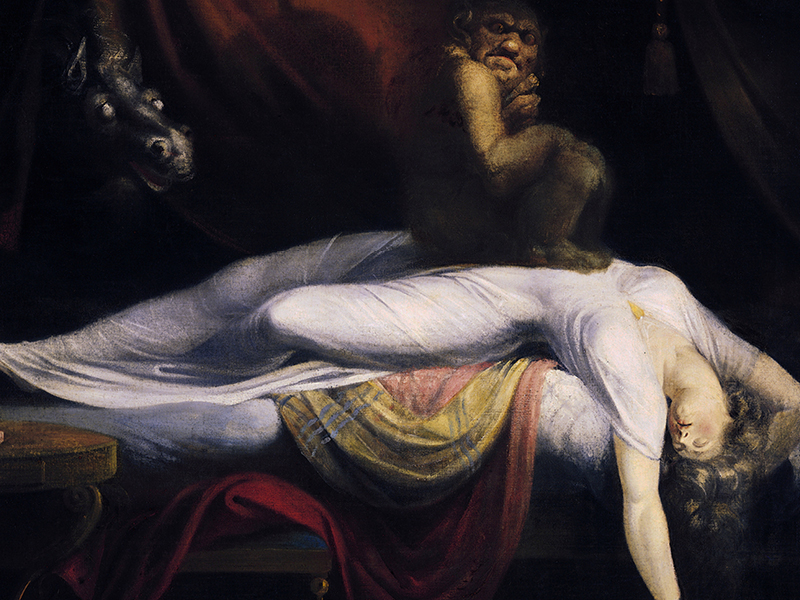Dr Daniel Cook from the University of Dundee talks about the birth of the Gothic novel and its influences on Shelley’s conception and creation of the Creature in ‘Frankenstein’.
Fittingly, for a dark and foreboding genre, the origin of the Gothic in English was highly dubious. The first novel to wear the label ‘A Gothic Story’ – here with pantomime-like glee – was the second edition of Horace Walpole’s The Castle of Otranto (1764). Walpole pretended that the story was no more than a trashy antique relic first published in medieval Italian. Indeed, the book is a farce: a giant helmet squashes the sickly son of a domineering tyrant, and the characters are stupefied by superstition.
By the 1790s, Gothic fiction had not only become one of the most popular genres around, it had developed many of the tropes we now associate with it: emotional extremes, desolate or dilapidated environments, the supernatural, and murderous loners, among other things. The leading practitioner was without doubt Ann Radcliffe, whose most famous novel remains The Mysteries of Udolpho (1794). Favouring psychological terror, she fell into a rivalry with Matthew Lewis, whose novel The Monk (1796) more obviously revels in bodily horror. By 1818 the Gothic genre had become too popular for its own good. Jane Austen openly mocked young readers of the form in her deviously funny parody Northanger Abbey (written in 1803; first published in 1817).
Part of a new wave of serious Gothic novels in the early 19th-century, Mary Shelley’s Frankenstein (1818) sought a return to the heyday of the 1790s: she combined Radcliffe’s terror (seen in Victor’s disturbed dreams, for instance) and Lewis’s horror (seen in the murderous rampaging of the Creature). She also radically revised the supernatural formula of the Gothic tradition – in a formal sense Frankenstein augurs a turn to what we now recognise as Science Fiction. Victor gathers inert body parts and infuses life into a stitched-up cadaver, using the teachings of Cornelius Agrippa and the mysterious branches of ancient science as well as more recent experiments in physics and biochemistry.
If knowledge is enlightening (en-light-ening), then Gothic fiction glories in darkness: dimly lit laboratories, graveyards in the dead of night, and gloomy landscapes. It is also associated with violent weather: cloying fog, icy blizzards, or relentless rain. Frankenstein is full of such things, though Shelley brings the lightning into the laboratory. The scientist conquers nature; or, so he thinks, for the undead Creature enacts his revenge on the man who rejects him by taking the lives of his loved ones. Like a new mother struck with postnatal depression, he cannot face the jaundiced body he has brought into the world. But Victor and the Creature are not so different: they vow to destroy each other. Both seek deeper knowledge about humanity: Victor in arcane science books, the Creature in Paradise Lost and the Bible. Equally isolated from society, they nevertheless seek inclusion. That is the tragic legacy of Frankenstein. Victor thinks that by creating life he will “pour a torrent of light into our dark world”: all he brings is a new darkness.

